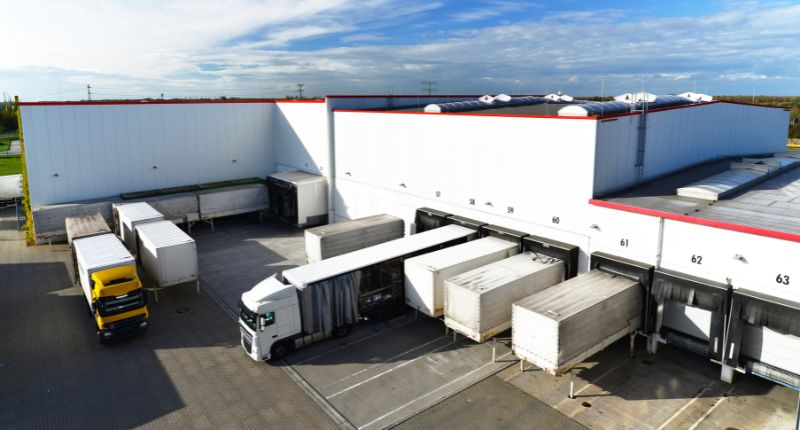- Market will continue to struggle with low transactions, high financing costs in 2024.
- BTR housing, vacant industrial assets, education, and sustainable assets offer lucrative opportunities.
- Englobo lands provide affordable entry into commercial market amid construction challenges.
The commercial property market has been beset with challenges this year. Transaction volumes have been depressed, and the inflationary environment has made financing more costly, placing upward pressure on yields.
A common adage among experts now is ‘survive to 25’, with any recovery likely only happening towards the end of 2024 or the start of 2025.
Nevertheless, according to Ray White‘s head of research, Vanessa Rader, the next 12 months will see ample opportunities arise for the discerning buyer.
Here are her five top commercial picks for 2024.
Build-to-rent
The nation is wrestling with a rental supply shortage that will not abate anytime soon. Rents have surged at neck breaking speeds, and the same has happened for housing prices.
National weekly rents
As the population grows further, more pressure will be placed on the already overheated housing market, making beds the top pick for sharp investors. Hence, built-to-rent (BTR) has become a hot item amongst institution investors, and private buyers have taken notice, eager to secure blocks of units.
Wielding the strengths of the residential market, this investment offers consistent and robust income and many appealing exit strategies.
Although market activity in this area has been restrained in 2023, with investors holding on tightly to their assets, the market appetite for BTR is predicted to increase through 2024.
Vacant industrial assets
Industrial assets have had a positive 2023, buoyed by its stable rental demand. Additionally, low vacancies are expected to drive rental growth for the foreseeable future.
Industrial’s stand out performance (year to September 2023)

With the heightened cost of construction impacting the profitability of these assets, more distressed assets will potentially enter the market in 2024.
Furthermore, given that new developments have become untenable due to inflated construction costs, there may be opportunities to reposition or retrofit unoccupied assets in the industrial sector, giving investors an affordable foothold into this lucrative market.
Alternative assets in the education sector
Alternative assets like medical and childcare have posted stellar results in the recent past. However, a fear of missing out facilitated spike in buyers has induced an unsustainable surge in values.
Nonetheless, education, particularly the tertiary sector, is a promising sector worthy of investment.
Universities have ramped up their demand for space in recent years, taking up offices as alternatives to traditional campuses. However, many institutions continue to hold large, undeveloped plots of land, presenting prospects for the private sector to develop and add value.
Sustainable assets
As many businesses grow cognizant of their environmental impact, sustainability will play a key role in future investment decisions, regardless of asset class.
Responsible investors will be looking out for features like renewable resources, electric appliances, and sustainable waste and water management.
Environmental, Social and Governance (ESG) criteria will likely become the norm across all markets.
Green leases will be highly sought after, and assets helping businesses move towards our net zero future will likely be a sound investment.
Englobo land
Despite the dwindling volume of englobo land, they remain a strategic option for investors looking to capitalise on Australia’s growing need for more space.
The need for residential and industrial land will not subside any time soon, particularly with the nation’s population set to grow further.
Thus, selling undeveloped land will be an appealing investment opportunity, capitalising on the nation’s need for more developed land while leaving the cost of construction, and risk, to the end user.








